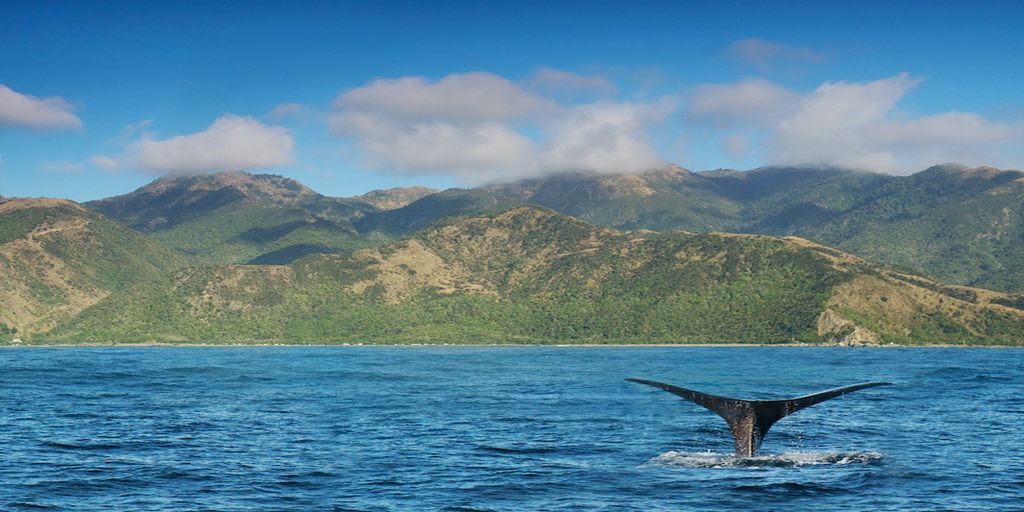🕷 Introduction to a Guide about Animals in New Zealand — Wildlife Explained
New Zealand is arguably one of the most beautiful countries in the world: the capital of exciting life adventures.
Talk about beautiful sceneries, scenic landscapes, and fantastic wildlife.
The wildlife in the country is especially unique: you might never encounter some New Zealand animals anywhere else in the world.
1. How Many Animals Live in New Zealand?
You might be wondering how many animals roam the wilds or swim in the waters of New Zealand.
Well, there are too many to account for, but did you know that bats are the only land mammals in the country?
There are many interesting facts about this country; think about it: there are no snakes, and you’ve probably heard that most birds and insects are flightless.
2. What Animals Can you Find in New Zealand?
What is the most popular animal in New Zealand? Well, there are lots of popular animals that you would undoubtedly fancy encountering.
Let’s explore and find out what popular animals the wilds and waters of New Zealand offer the world.
The Kiwi Bird
The kiwi is the most popular and famous bird among all animals in New Zealand. This animal is an exotic flightless bird with impressively strong limbs that compensate for the lack of wings.
It flaunts hair-like feathers and is said to live for between 25 and 50 years.

Hooker’s Sea Lion / New Zealand Sea Lion
That’s right, a sea lion. It lives up to its name by dominating fishes and small animals along the coast of New Zealand.
These beasts are currently constrained to Otago, Southland, and Sub-antarctic Islands courtesy of human invasion. This animal is the most endangered sea lion species in the world.
Should you encounter these beasts, you’ll know the females because they have a lighter colour than the males.
Hooker’s sea lions are understood to live for up to 25 years.
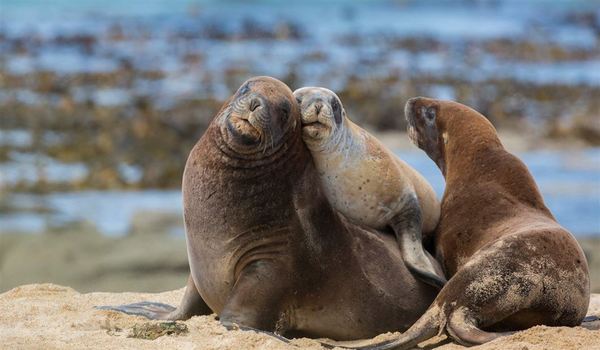
Yellow-eyed Penguins
The Hoiho, or the red-eyed penguin, is another wonder animal in New Zealand. The animal is one of the rarest penguins in the world.
You might be lucky enough to spot these beautiful birds. They are mainly found in Stewart Island and South Island’s Bank Peninsula.
It’s a pity that human interference around the penguins’ homes is causing their numbers to dwindle daily.
But there is hope that the already-placed conservation will be sustainable.

Little Blue Penguins
Here is the world’s smallest penguin ever! These New Zealand little blue penguins stand at just 9.84 inches.
Visit the offshore islands, Oamaru and Taiaroa Head, to see these cute little creatures.
They, however, are more likely to be witnessed at night.
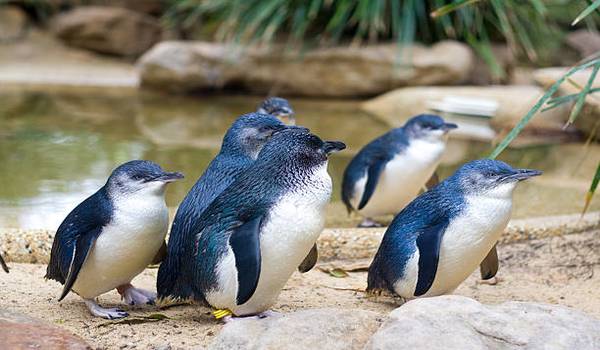
Kereru
The New Zealand wood pigeon, locally known as Kereru, is one of the largest birds in the country. It flaunts a unique white vest and a bunch of beautiful green feathers on its head.
Having acquired a sturdy four-wheel-drive exploration vehicle, you can drive to any forested area and encounter these birds. They call you out with their unusual, loud sounds.
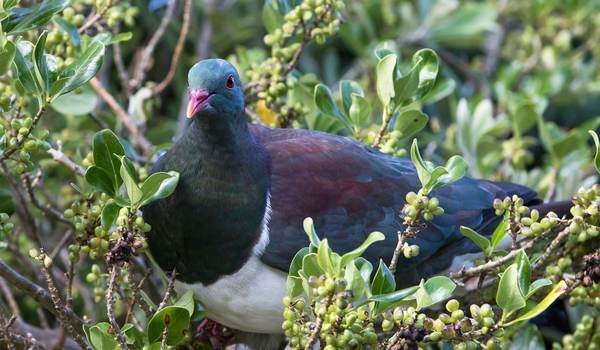
Tuatara
Tuatara is an animal you can only find in New Zealand. Even more thrilling, it is the last survivor in the Sphenodontia order of reptiles.
The point is that it is an endangered species, and many of its kind are currently bred in captivity to beat extinction.
You can encounter these creatures on most offshore islands if you are lucky enough.

3. Does New Zealand have any Dangerous Animals?
Let’s be honest; as much as we fancy the beauty of the wilds, we are a little scared of the dangers lurking there.
Trust us; the threat is not out of the question, and the New Zealand wilds are no exception.
As you enjoy your adventures, you should be wary of the following animals:
Katipo Spider
The Katipo Spider might not be a daily encounter in the wilds of New Zealand, but it is the most dangerous insect ever seen.
It is considered rare but can cause harm. Stay awake! This spider is pea-sized and black, but has a defining red stripe on the back.
Its bite is not entirely lethal, but medical help is always recommended. You can never be too sure.
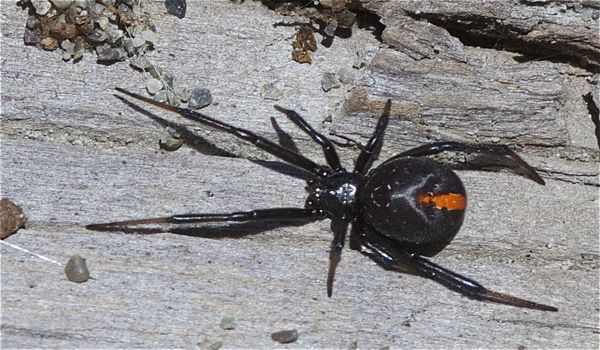
Portuguese Man-of-War/ Bluebottle Jellyfish
If you love the beach, here’s the danger you should be expecting. The Bluebottle jellyfish is common on most New Zealand beaches.
They are driven into the beaches by ocean currents and mark you; they are difficult to spot.
Their sting is quite painful, and you should be careful whether you are out for a swim or a beach walk.
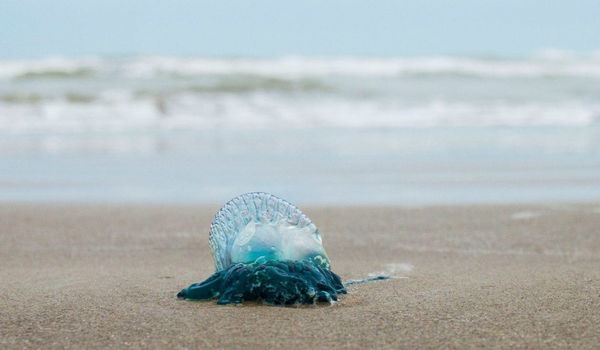
👨💻 Frequently Asked Questions (FAQ) about Animals and Wildlife in New Zealand
1. What is unique about New Zealand’s wildlife?
New Zealand is known for its unique and diverse wildlife, including many species found nowhere else in the world. Notable examples include the kiwi bird, kakapo (parrot), and tuatara (reptile).
2. Are there dangerous animals in New Zealand?
New Zealand is relatively free of dangerous animals. There are no snakes, and large mammals are absent. However, some native insects, like the katipo spider, can be nasty.
3. What is the national bird of New Zealand?
The kiwi is New Zealand’s national bird. There are several species of kiwi, and they are flightless, nocturnal birds known for their distinctive appearance.
4. Can I see whales and dolphins in New Zealand?
Yes, New Zealand is a great destination for whale and dolphin watching. Kaikoura, in particular, is famous for its opportunities to see sperm whales, dolphins, and seals.
5. Are there any endemic reptiles in New Zealand?
Yes, the tuatara is a unique reptile native to New Zealand. Although it resembles a lizard, it belongs to a separate order called Rhynchocephalia.
6. Are there any venomous spiders in New Zealand?
The katipo spider is one of the few venomous spiders in New Zealand. While its bite is rarely fatal, it can cause discomfort, so it’s best to be cautious.
7. Can I pet or interact with a kiwi bird?
Kiwi birds are endangered, and interacting with them is usually not allowed to protect their habitats and well-being. However, there are some conservation programs and sanctuaries where you can observe them in a controlled environment.
8. What is the Department of Conservation (DOC) in New Zealand?
The Department of Conservation is responsible for conserving and protecting New Zealand’s natural and historic heritage. They manage national parks and wildlife reserves and work towards preserving the country’s unique biodiversity.
9. Are there any introduced species impacting native wildlife?
Yes, introduced species like possums, rats, and stoats have significantly impacted New Zealand’s native flora and fauna. Conservation efforts are underway to control and eradicate these pests.
10. Where can I go bird watching in New Zealand?
New Zealand offers excellent bird-watching opportunities. Some popular locations include Fiordland National Park, Tiritiri Matangi Island, and the Otago Peninsula.
Conclusion
If you desire to visit and explore New Zealand, you now have some helpful background information on what to expect.
The beauty and the riches of the New Zealand wilds are more than we can put on paper.
Remember that it’s essential to respect the natural environment and adhere to conservation guidelines while exploring New Zealand’s wildlife.



